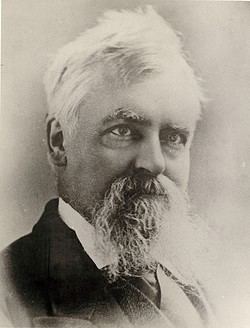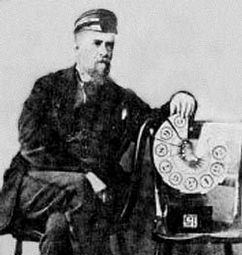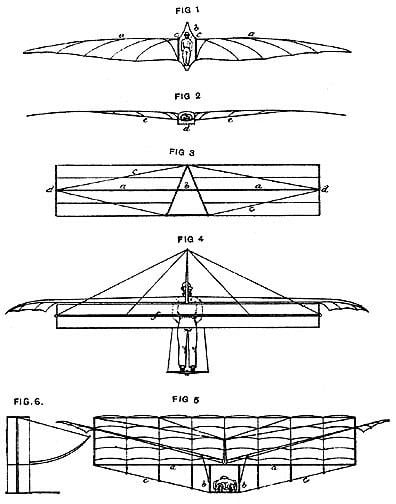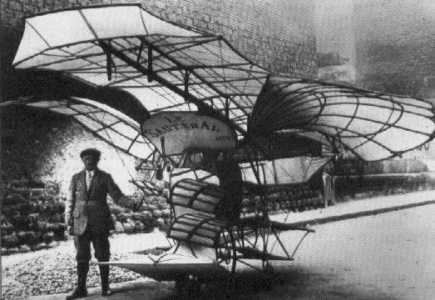Name Francis Wenham | Died 1908 | |
 | ||
Francis Herbert Wenham (1824, Kensington – 1908) was a British marine engineer who studied the problem of manned flight and wrote a perceptive and influential academic paper which he presented to the first meeting of the Royal Aeronautical Society in London in 1866.

Wenham's report, "Aerial Locomotion," was published in the Society's journal and reprinted in widely distributed aeronautical publications in the 1890s, including Octave Chanute's "Progress In Flying Machines". The paper introduced the idea of superposed wings in a flying machine, a concept Wenham tested in 1858 with a multiwing glider, although it did not actually fly. In 1866 he patented the design, which became the basis for biplanes, triplanes and multiplanes that took to the air as gliders in the 1890s, and as airplanes in the early decades of the 20th century. Superposed wings increased the lifting area and avoided the structural problems of excessive wing length. According to some sources John Stringfellow was influenced by Wenham's works or possibly even by his personal communication when creating his steam engine triplane model aircraft which was demonstrated publicly on the international exhibition in the Crystal Palace in 1868.

Wenham first tested superposed wings in 1866 with a model that resembled a Venetian blind. Several variants were attempted with some success, so Wenham decided to build a machine which could support a man. He tested it in the evening in a strong breeze. He was taken by surprise however, when, as he wrote, "A sudden gust caught up the experimenter, who was carried some distance from the ground". A monoplane attempt that same year was inconsequential (Flying Machines, 1911).

In 1871 Wenham and colleague John Browning designed and constructed what was probably the world's first wind tunnel. Their experiments showed that high aspect ratio wings—long and narrow—had a better lift-to-drag ratio than short stubby wings with the same lifting area. Writing about his work, Wenham may have been the first scientist to use the word "aeroplane".

Aviation writer Carroll Gray says Wenham's work may have been an important influence on the Wright brothers:

It is striking to note that at least four significant aerial vehicle design elements suggested by Wenham in 1866 can be seen on the series of successful Wright gliders and on the 1903 Wright Flyer: 1) superimposed wings, 2) vertical upright supports between the superimposed wings, 3) the prone position of the operator, as in Wenham's design with superimposed wings, and 4) that turning in flight ought be accomplished by means of generating more lift on one side of the aerial vehicle than on the other, rather than through the use of a simple rudder. It is also important to restate that Wenham's paper "Aerial Locomotion" was readily available to Wilbur Wright (as well as to Orville) in the 1895 "Aeronautical Annual" which the Smithsonian Institution recommended to Wilbur Wright in June 1899 (along with other aeronautical reading material), and which he soon thereafter obtained and read.
Aeronautics was Wenham's "spare time" pursuit. In his regular career he designed marine engines, ship's propellers, gas and hot air engines, and high pressure boilers.
Wenham was also highly skilled in the use of microscopes. He published many papers on the subject and designed stands, objective lenses and prisms, fabricating some of the latter himself.
Wenham was the son of a British army surgeon.
